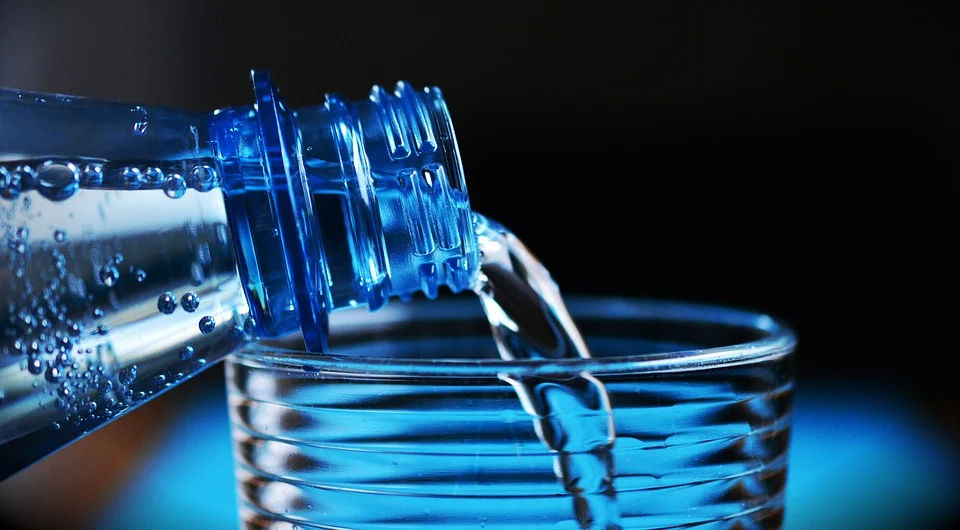Rivers are being mineralised, oceans are being desalinated, and holes are being drilled into the ground. In locations where drinking water is scarce, there are a variety of options for getting it. However, with overpopulation, climate change, and rising water shortages, inventors have been looking for a new solution, and some believe the answer is in the air. Literally.
SOURCE Global is one of several firms across the world that extracts water from the air in the hope of assisting areas in need of water. Its technology, on the other hand, is environmentally friendly. Called Hydropanels, its gadgets are solar-powered devices with built-in solar panels.
“You’re able to harvest water from the air using solar and nothing else, no need for electricity, no need for (a) grid, no need for infrastructure — it’s perfectly self-sufficient,” explains Vahid Fotuhi, the company’s vice president for Europe, Middle East and Africa, to CNN.
Also Read | Was there life on Venus? A study finds out
Solar-powered
SOURCE’s solar-powered atmospheric water generators (AWGs) are machines that create drinkable water from the air around them. These devices have been available for approximately a decade and are reliant on condensation, which is the cooling of water vapour in order to collect water droplets.
However, this process uses a lot of power, and many of the early devices only operate in humid environments. SOURCE, originally known as Zero Mass Water, was motivated to design a more flexible and long-term solution as a result of these restrictions.
The solar panels on the roof power a fan that pulls in air. The air passes through a sponge-like substance inside the device, which retains the water vapour. Magnesium and calcium are infused into the water as it is collected to enhance the flavour and give potential health benefits. This means that mineralized drinking water can be made from the air with zero waste and sustainable energy.
According to CNN, it generates 1.5 million litres of water each year in Dubai, where the company’s largest water farm is located. SOURCE intends to launch a plastic-free bottled water brand that will be sold to hotels and resorts at a comparable price to existing bottled water companies.
Also Read | Scientists develop gold micro-structure substrate that can repel water
SOURCE’s hydropanels have been put in hospitals, schools, and worksites all around the world where there is a lack of water. It has also gained business clients, especially in nations catering to tourists in isolated landscapes, such as the desert.
“In the Middle East, we’ve seen a lot of interest in the hospitality sector as big brands look for a more sustainable solution for water to accommodates Millennials, who are looking for demonstrated sustainability,” says Fotuhi, CNN reported.
SOURCE’s flagship hospitality product is now located in a luxury desert camp in Dubai, where its Hydropanels provide on-site drinking water. It demonstrates, according to Fotuhi, the scalability of these water producers, which may be as few as one panel in a family’s house or as many as a number of panels put at huge hotel resorts.
The firm’s next collaboration will be on the Red Sea coast of Saudi Arabia, where a development company plans to build 18 hotels that will offer SOURCE’s water.
Also Read | Why the French Alpine glaciers are turning pink
Defending against water shortage
SOURCE’s design is distinct from previous AWGs, Keith Hays, vice president of Bluefield Research, a consulting business that solves water issues, told CNN since it integrates solar-based power supply and water collection mechanism within the same structure, allowing for off-grid operation. “Other systems usually have a separate panel or connect to the grid,” he explained to CNN.
Over 2 billion people live in areas with severe water scarcity, and while the hundreds of firms developing AWGs think their gadgets will help alleviate the problem, Hays believes this is unlikely.
Because of the high upfront expenditures, AWGs take about ten years to become cost-competitive, and they only generate a fraction of the water that a borehole or seawater desalination system can provide, he adds.
Plus, according to what Hays told CNN, AWGs need a lot of acreage and distribution networks that aren’t as widespread as alternative water options. When coupled with other water sources, he feels AWGs are more efficient. “They can be seen as a complement to existing drinking water systems, reducing (the) footprint of plastics and offering auxiliary support,” he told CNN.
This is a difficulty that Fotuhi admits, saying that Hydropanels require access to a tap or a bottling plant, which is not always possible. He does believe, however, that they have clear environmental advantages.
Also Read | Great Barrier Reef: Decline of coral cover over the years
“Looking at the savings from an environmental perspective and from a sustainability point of view, the value proposition remains very strong,” Fotuhi told CNN.







